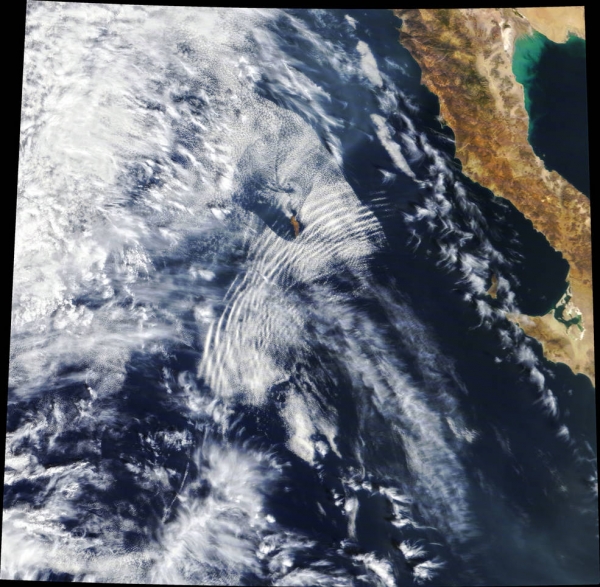A NASA rocket team is on the hunt for giant hurricane-like swirls in our upper atmosphere. These swirls, or vortices, may be key to upper atmospheric weather patterns that affect the entire globe. The Vorticity Experiment, or VortEx mission, is readying for a launch on March 17, 2023, from the Andøya Space Center in Andenes, Norway.
If you’ve ever stood atop a mountain or tall building, you’ve probably noticed how gusty it gets up there. High-altitude winds are factored into architects’ plans and pilots’ routes, but their influence on our planet extends well beyond the typical human domain. These winds are sources of buoyancy waves: giant pulses of energy that drive changes at Earth’s interface to space.
Buoyancy waves are common occurrences on Earth. “They could come from approaching storm fronts, or winds hitting the mountains and being sent upwards,” said Gerald Lehmacher, a professor of physics at Clemson University in South Carolina and principal investigator for the Vorticity Experiment, or VortEx, mission. Buoyancy waves form when a gust or disturbance suddenly pushes denser air upwards into a lower pressure region, creating an oscillation as the atmosphere tries to return to equilibrium. These oscillations lead to waves that propagate away from the disturbance, similar to ripples in a pond.
Read more at NASA
Image: Buoyancy waves often leave “ripples” in clouds like those seen over the Pacific Ocean in this image from NASA’s Terra satellite captured on Oct. 4, 2020. (Credits: NASA Earth Observatory/Joshua Stevens)


